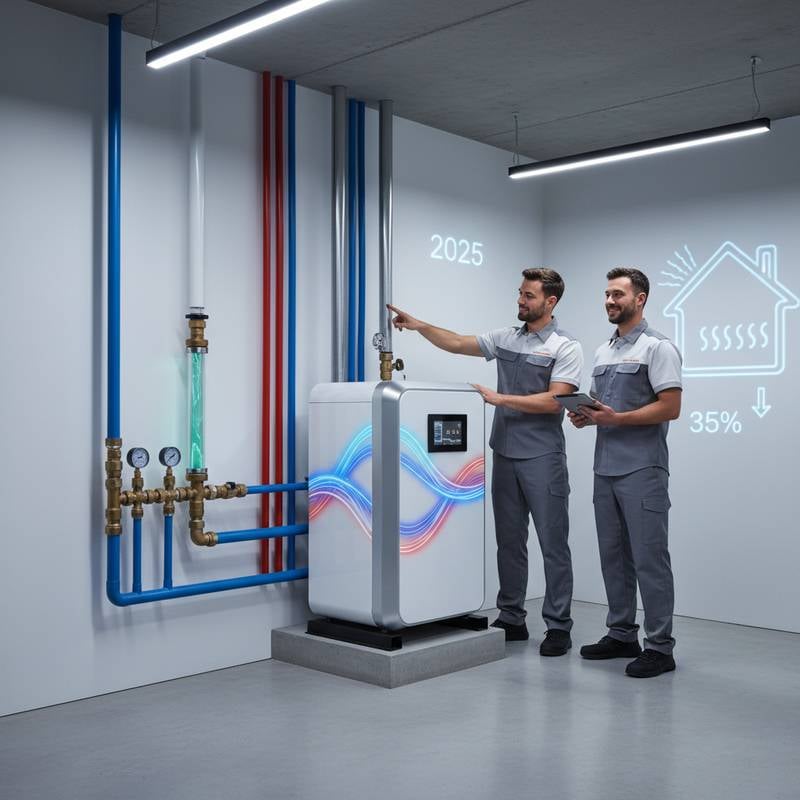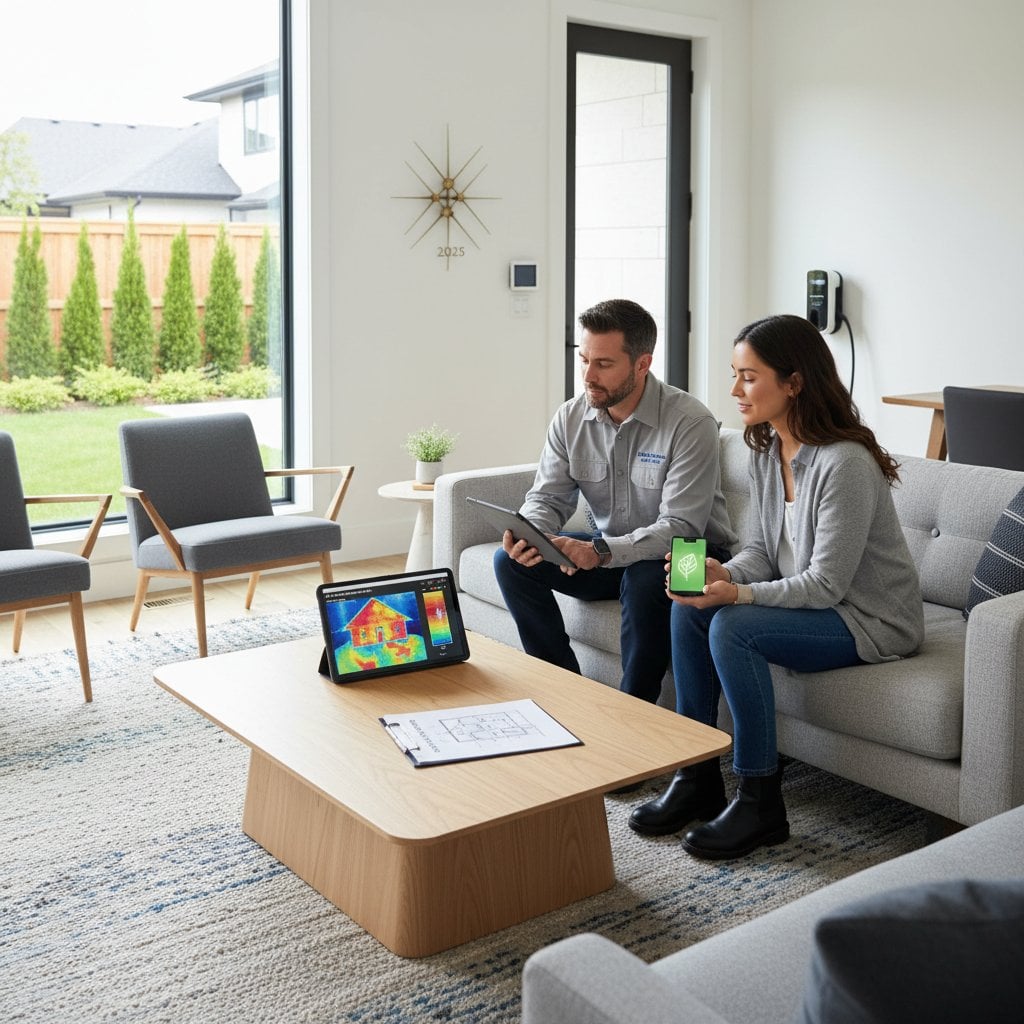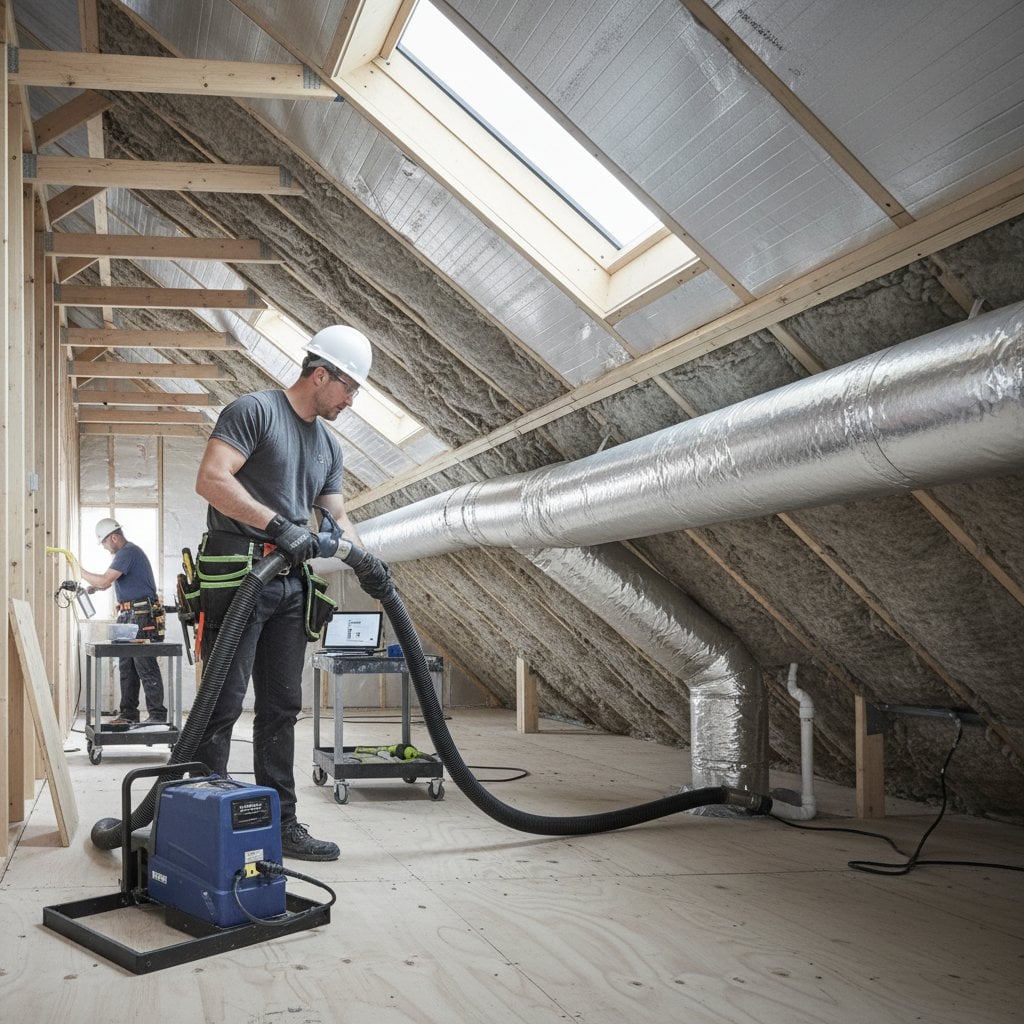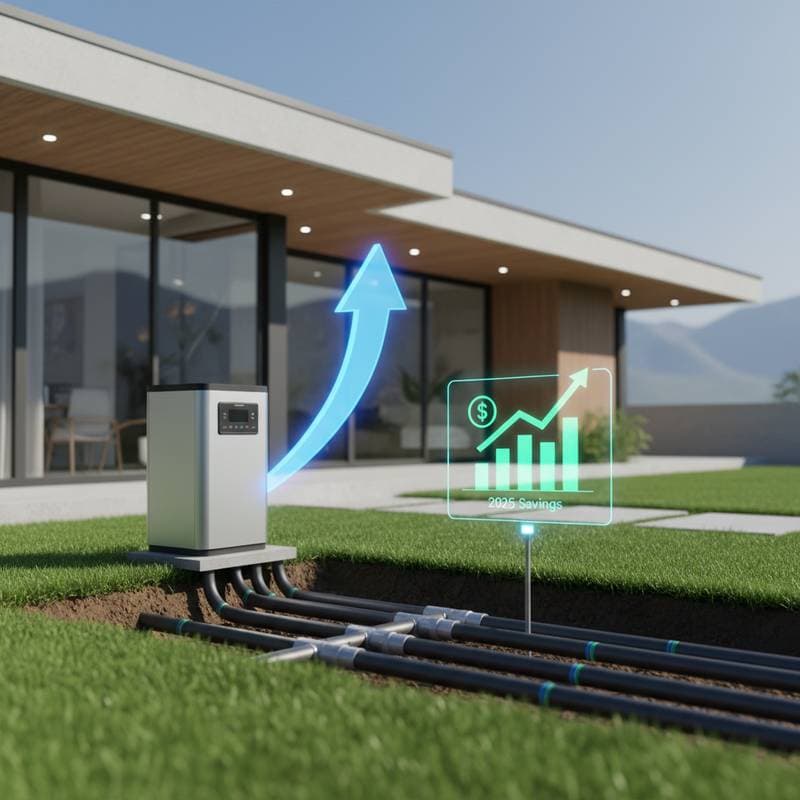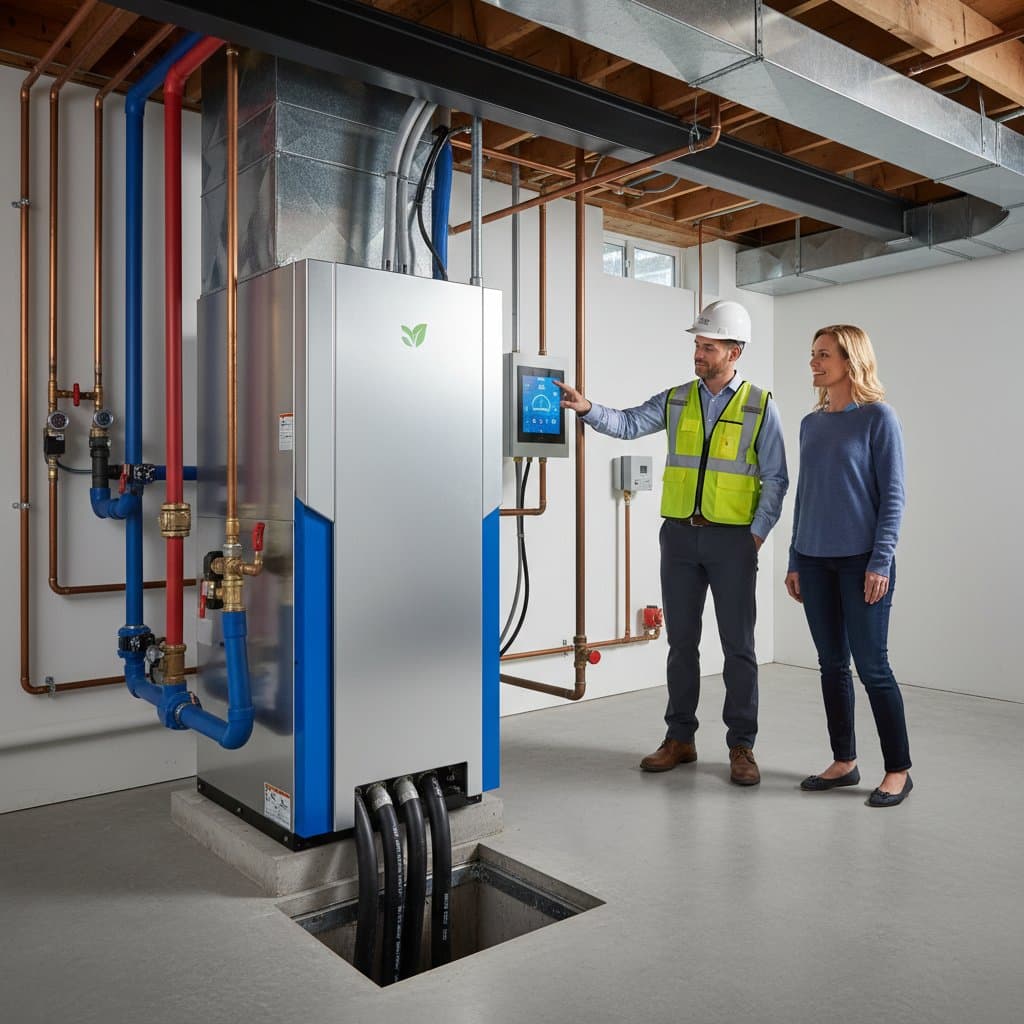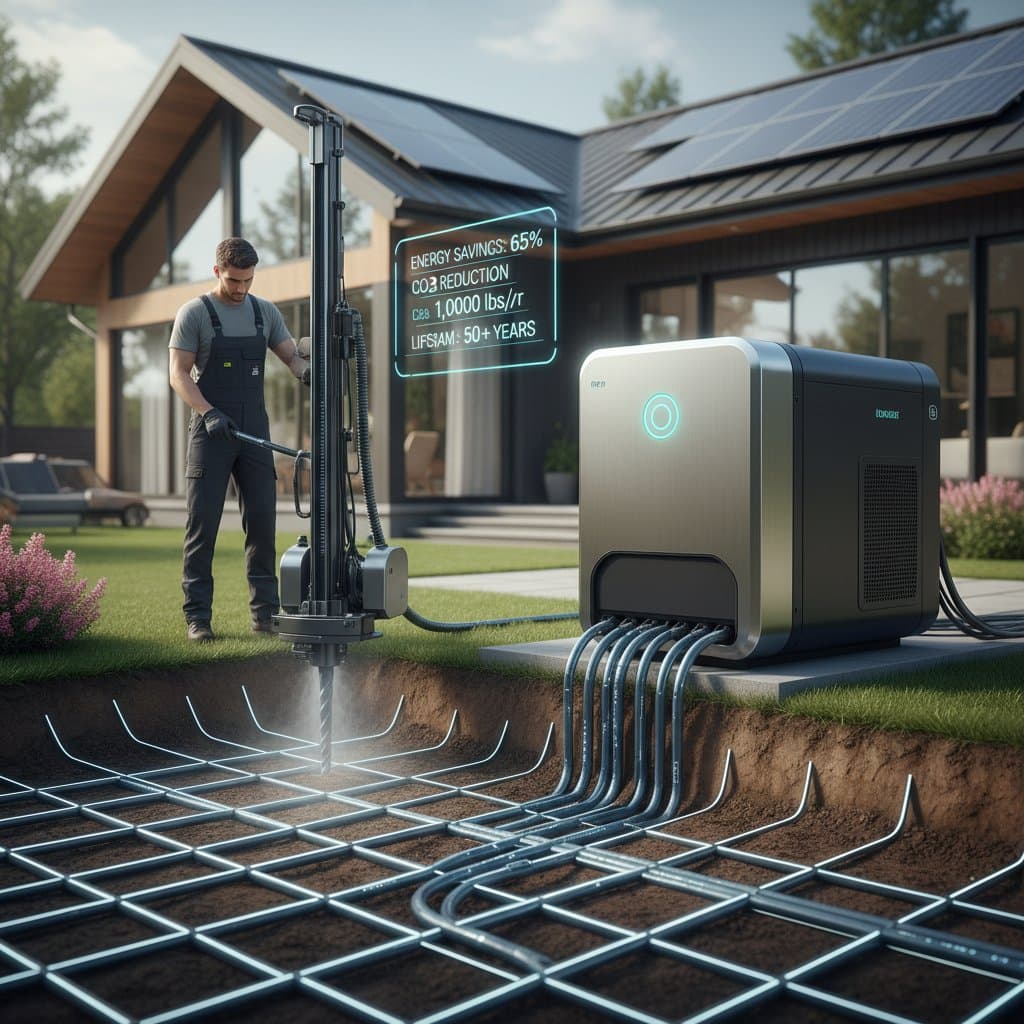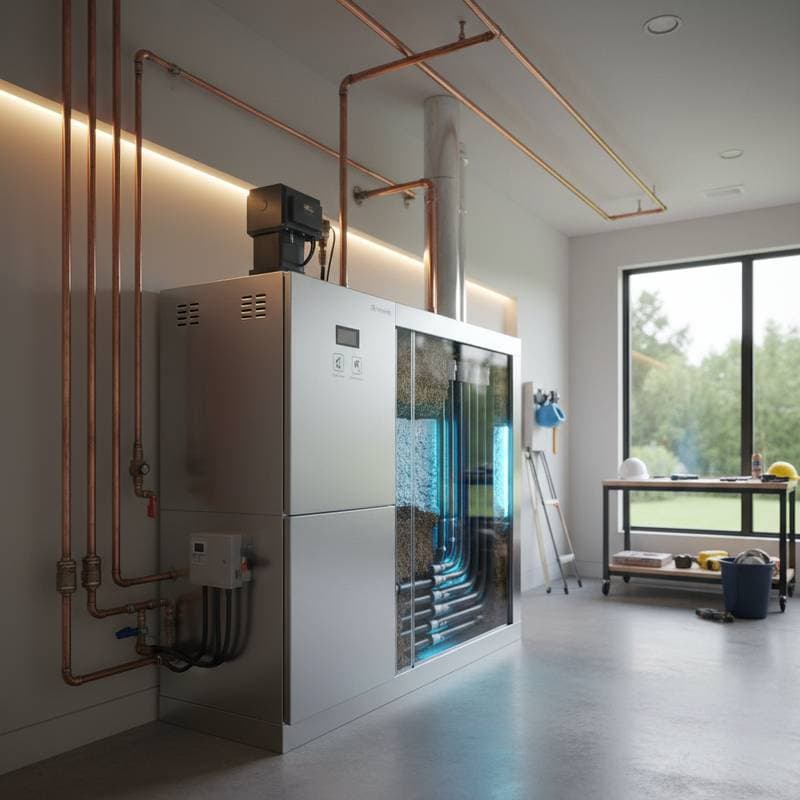Key Points
- Geothermal cooling leverages the consistent underground temperature to reduce cooling expenses by 30 to 70 percent relative to standard air conditioning units.
- Initial installation expenses are substantial, yet the enduring savings, system longevity, and enhanced comfort justify the investment over time.
- Ground-source heat pumps deliver both cooling in summer and heating in winter, ensuring comprehensive year-round energy efficiency.
- Misconceptions often suggest that these systems function only in certain climates or demand large properties, but they adapt to diverse conditions and spaces.
- Proper system design allows installation on compact urban lots, expansive rural estates, or properties of any scale in between.
Why Geothermal Cooling Delivers Value
Household cooling accounts for a significant portion of energy expenditures. Conventional air conditioners depend on compressors and refrigerants to combat fluctuating outdoor temperatures, which drives up operational costs. Geothermal systems, however, draw on the steady thermal properties of the earth just below the surface, typically maintaining temperatures between 45 and 75 degrees Fahrenheit based on regional variations.
This method enables a heat pump to transfer excess heat from the home with minimal energy input, outperforming traditional setups in efficiency. Beyond financial benefits, geothermal technology supports environmental goals by curtailing overall energy consumption and associated greenhouse gas emissions. It also minimizes the use of high-global-warming-potential refrigerants, reducing the potential for atmospheric damage, while the durable design extends system life far beyond that of standard units.
Cost Breakdown and Return on Investment
Installed geothermal cooling systems generally cost between $15,000 and $40,000, influenced by factors such as capacity requirements, ground loop type, and regional labor expenses. While this upfront figure appears daunting, a closer examination of long-term performance reveals compelling financial advantages.
Operating expenses plummet, with many users reporting reductions in cooling costs of 30 to 70 percent, translating to annual savings of several hundred to thousands of dollars. Maintenance remains low due to the simplified mechanics and shielded underground elements; the heat pump endures for up to 25 years, and the ground loop for as long as 50 years, compared to the 10-to-15-year lifespan of typical air conditioners.
Homes equipped with geothermal systems often command higher resale prices, as energy-efficient features appeal to discerning buyers amid escalating utility rates. When amortized across the system's operational lifespan, payback periods range from 7 to 12 years, followed by decades of net positive returns.
Key Factors in Geothermal Installation
Multiple elements determine the suitability of a geothermal system for a given property.
Local electricity rates play a pivotal role; elevated costs accelerate the return on investment through amplified savings. The technology performs reliably across climates, as subsurface temperatures provide a stable baseline unaffected by extreme surface weather.
Compliance with building codes and permitting processes varies by jurisdiction, necessitating collaboration with licensed professionals to meet all regulations. Selecting an experienced contractor proves essential, given the complexity of drilling, loop configuration, and integration, which demand specialized knowledge to optimize performance.
Frequently Asked Questions
Does my property size limit geothermal cooling options?
Vertical loop configurations minimize surface space needs by extending deep underground, making them viable for smaller yards or constrained lots.
Can geothermal systems handle hot climates effectively?
Affirmative. Subsurface temperatures stay cooler than ambient air in warm areas, serving as an ideal heat exchanger for efficient summer cooling.
Is self-installation feasible for geothermal systems?
Negative. The process involves precise drilling, custom loop engineering, and certified expertise, rendering DIY attempts impractical and potentially hazardous.
How are repairs managed for geothermal setups?
Routine servicing focuses on the accessible indoor heat pump components. The buried loops exhibit exceptional reliability, with designs engineered for 50-year durability and infrequent issues.
Do these systems offer only cooling capabilities?
No. The reversible nature of ground-source heat pumps provides heating during colder months, establishing a complete seasonal solution.
What about operational noise levels?
Geothermal installations operate silently indoors, eliminating the external compressor noise common in traditional air conditioning.
Realizing Long-Term Home Comfort
Picture entering your residence during peak summer heat and encountering immediate, even cooling without disruptive mechanical sounds. The subsequent utility statement reflects substantial reductions, easing financial pressures month after month. This upgrade not only conserves resources but also elevates property appeal and fortifies against future energy volatility.
To proceed, evaluate your site's soil conditions, consult certified installers for site assessments, and explore available incentives. Align the choice with your household's usage patterns and financial horizon. Embracing geothermal cooling transforms a foundational resource into a cornerstone of sustainable living, yielding reliable performance for generations.


